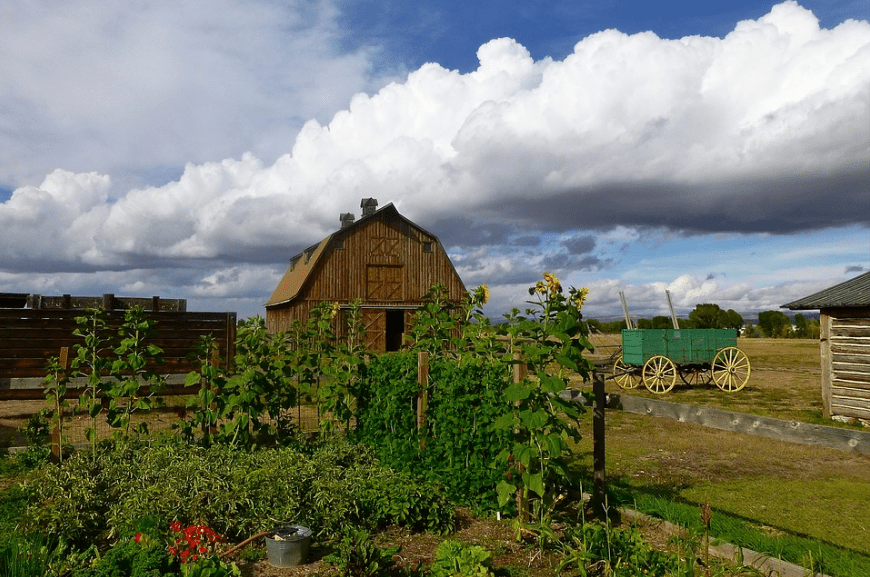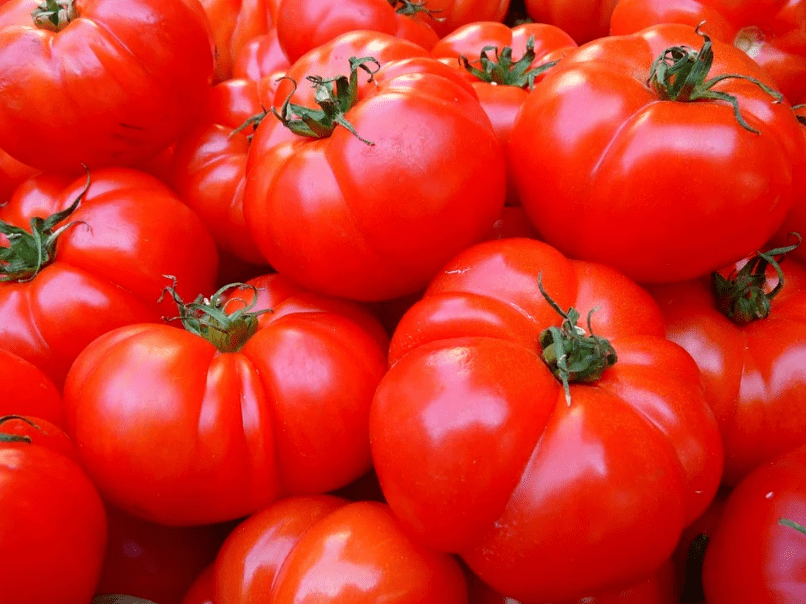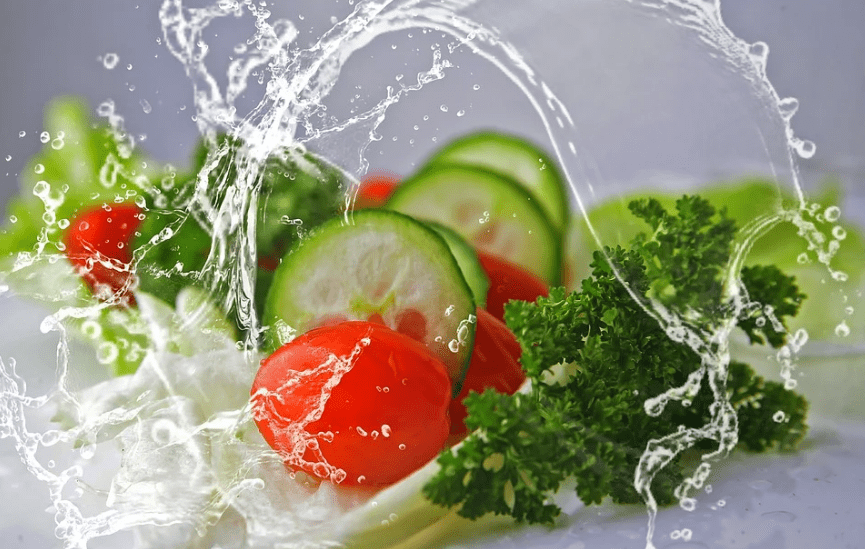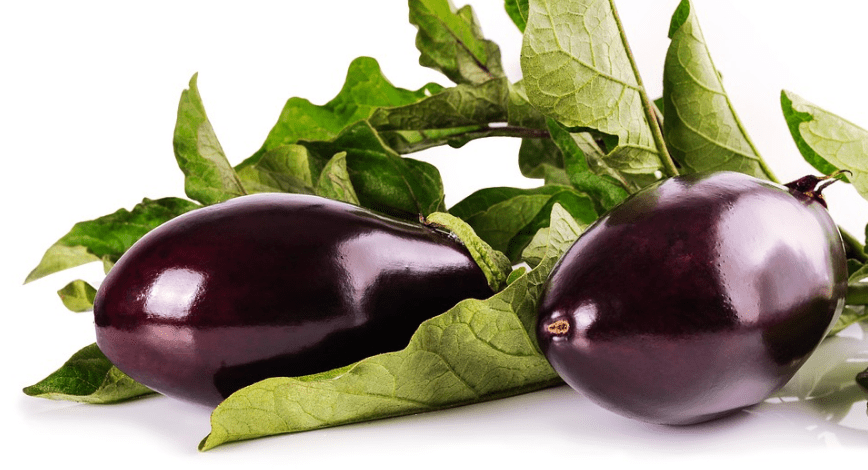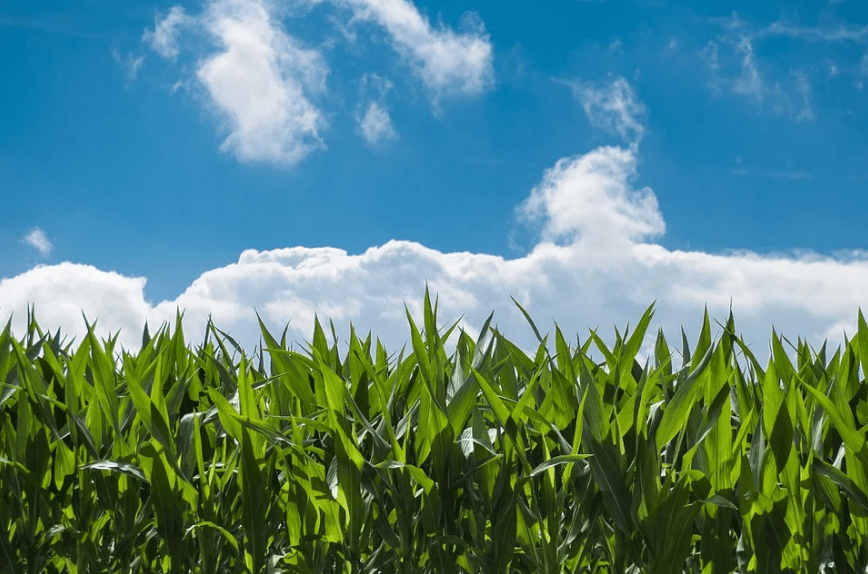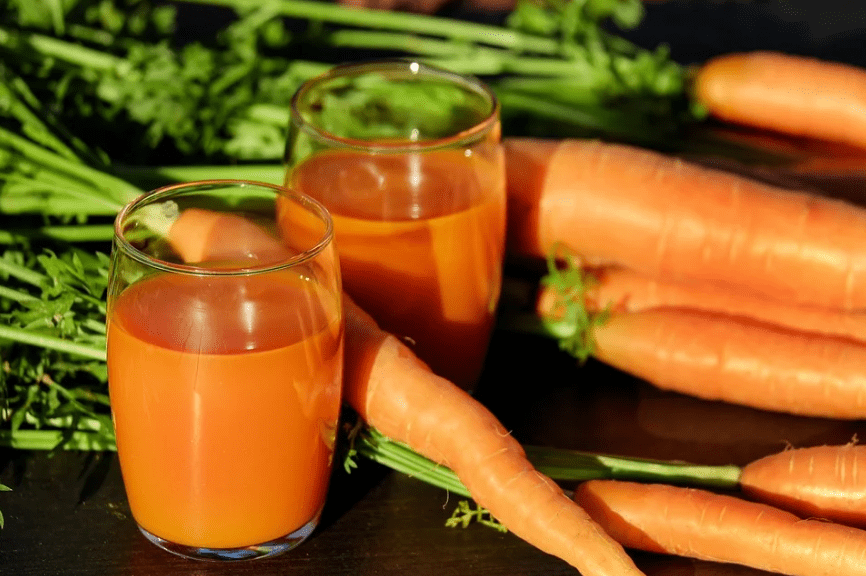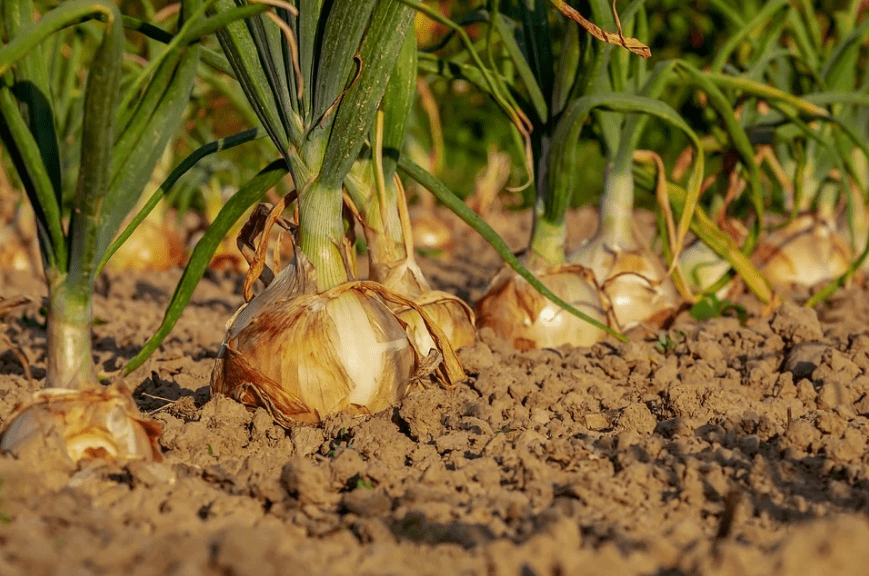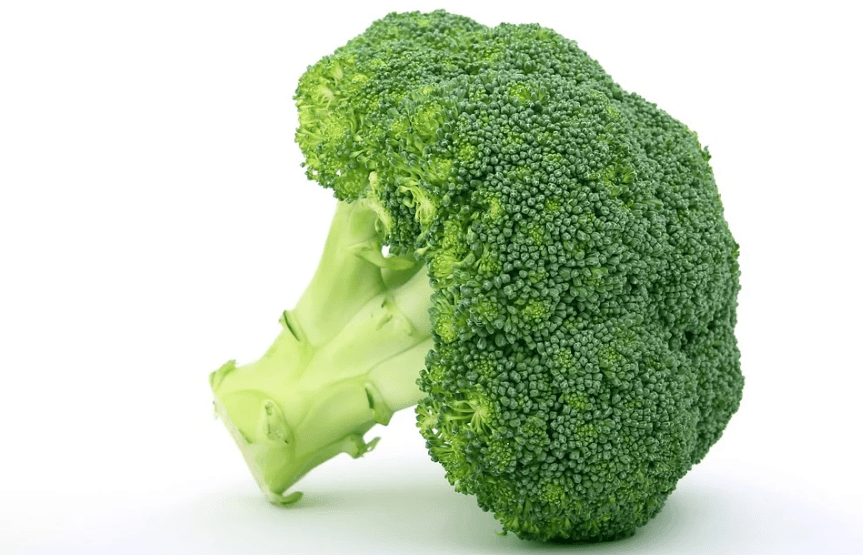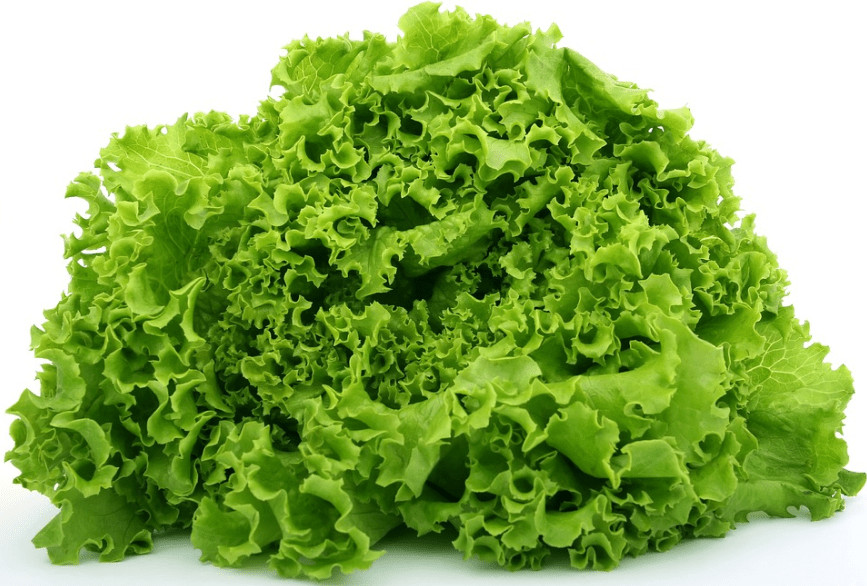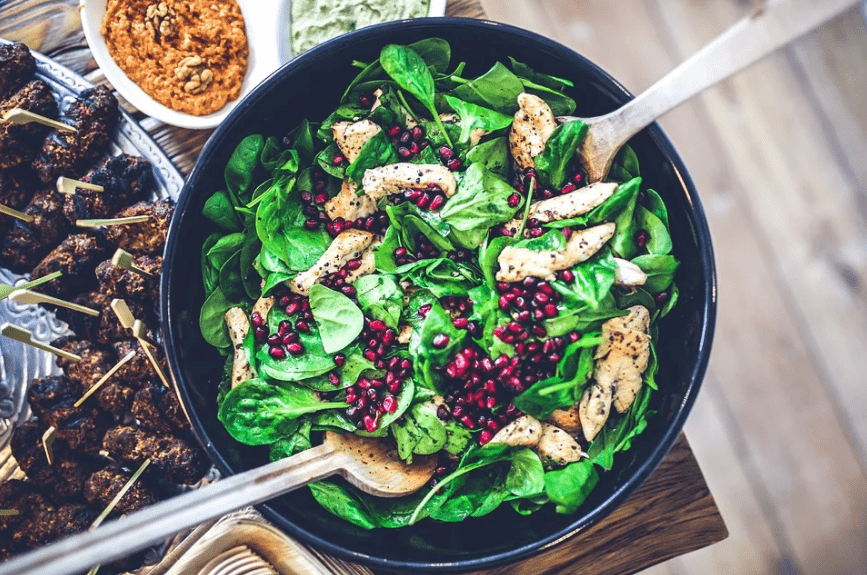Survival gardens aren’t just a fun project to do but they have also emerged as a necessity of the time. With resources depleting and the prices of everyday fruits and vegetables sky-rocketing, it has become quite difficult for many people to manage their expenses. However, not all survival gardens are planned efficiently which is why people often don’t make the best out of them. Below are some tips on the best crops to grow in a survival garden that will fulfill your needs and provide you maximum benefit.
Summer vs. Winter Crops
A key aspect to consider when deciding on which crops you have to produce is the season. If you aren’t able to grow the right crops for summers, it would not be of much benefit to you and you will be purchasing the vegetables from markets. The same goes for winter crops. A few vegetables are only suitable in winter so growing them in summers won’t help.
The best example for this case is Cucumber. Cucumbers have 96% water content in them. This is why they are actively consumed in the summers to avoid the problem of dehydration. They also help in keeping the body temperature cool. On the other hand, Carrots are a better crop for winters. The reason is that carrots have high potassium content which ensures that the skin stays healthy and fresh during summers. There are other benefits too listed below.
In short, choosing the right crop for the right season is one of the most important things when working on your survival garden.
Learn more about the Simple Survival Food that can be bought off markets – Simple Survival Food.
Best Crops to Grow in Summer
Tomatoes
One of the best vegetables that one can grow in summer is Tomato. They are made with 95% water. Being used in a variety of dishes such as pasta as well as for making sauce and gravy, the tomatoes are quite essential in summers as well as winters. A single gram serving of Tomatoes can provide 72 calories, 2 grams protein, 12 grams carbohydrates, and 3 grams of fats.
Moreover, they are easy to plant and manage in a survival garden. Tomatoes do not take a lot of time to ripen and can provide you with seeds easily. For an experiment, try growing a few tomatoes in your backyard before going on a full scale.
Cucumbers
Toss it out in your salad or make a juice and spend a fresh and hydrated day even in the scorching heat of summers. Authentic varieties of cucumbers are often difficult to find at your nearby store which is why growing your own could be the best idea. There are several types such as Persian Cucumbers, Cucamelons, English Cucumbers, and Lemon Cucumbers.
Buy any of these and plant them in your backyard as they are the burpless varieties. Cucumbers can grow well if they are surrounded by companion plants like beans and peas. It is suggested that you plant your cucumbers in the rich soil in an area where there is high sunlight. Keep in mind that watering them regularly is important else they might die.
Eggplant and Peppers
Eggplants are sowed in the late winters and harvested in the mid to late summers. They are a warm-weather crop that grows because of the high temperatures. However, growing an eggplant may not be that easy as you have to take care of the roots which require water throughout. There should be sufficient moisture for an Eggplant to grow properly.
We wrote Eggplant and Peppers together because the two have almost the same requirements for growth. Make sure that the soil is well-drained and clean. Eggplants are rich in minerals and vitamins whereas they provide sufficient output for a whole family. On the other hand, peppers are important for your meal and could be used for roasting or giving a particular taste to your meals.
Corn
Corn can work as a one-time meal but it is difficult to grow compared to the other summer vegetables. Therefore, pay special attention to it and don’t grow them near other vegetables. One can grow corn only when they have a lot of extra space because corn does not grow well in confined areas.
In addition to that, make sure that there is proper pollination to the plant. You have to plant in short rows with a 1-foot distance and water it more than the other summer crops. Grow them with beans as it can tolerate that. Corn has a high protein content of 5.4 grams per 100 grams as well as 4.6 grams of fiber. It is rich in minerals and Vitamin C too. If you take proper care of the corn while it is in the growth stage, you will get a rewarding crop for the whole season.
Best Crops to Grow in Winters
Carrots
Carrots are one of the healthiest vegetables to be grown in the winter season. Although they are used in summers too, they have more benefits for the human body in the winter season as they provide solutions to problems like winter dry skin. Vitamin K1, Potassium, Fiber, and antioxidants assist in reducing your cholesterol level. People who have any kind of eye problem should be planting carrots. The long-term health benefits of carrots include an improved immune system.
Onions
Onions are also another essential vegetable that can be grown in winters and preserved well for use in summers as well. Whether you have to make a pizza or any gravy dish, onions would be quite important. Onions are generally planted during the months of October to December and the harvest is received at the start of the summer season.
Make sure that onions are receiving ample sunlight. Moreover, the soil quality needs to be better for an onion to grow properly. Therefore, the use of fertilizers is recommended. Onions can be grown close to berries as they have almost the same requirements. Onions have 40 calories per 100 grams. With 9% carbs and 1.7% water, they are quite essential for your body.
Broccoli
Broccoli seems to be one of the favorite plants for Americans and thrives the most in cooler weather. Broccoli has certain requirements such as full sun and moist soil. The chances of a Broccoli crop surviving are very high because they can survive temperatures as low as 25 degrees Fahrenheit. However, temperatures lower than that could kill the crop.
As far as the nutritional content is concerned, Broccoli has more protein than other vegetables. You will benefit from Vitamin C, Vitamin K, Iron, and other nutrients as well. The best part about growing Broccoli is that there is rarely any effort required after that. Eat it raw or cooked, it tastes amazing either way.
Lettuce
Making a burger or a sandwich, it is Lettuce that we always use for the dressing. It is an amazing winter crop that has numerous varieties but cannot be grown in areas where there is snowy cold. However, cold weather is generally acceptable. Unlike many other crops, Lettuce does not require as much sunlight and you can grow it in areas where it’s sunny in the morning and shady in the afternoon.
If you want an exceptional quality crop, we suggest you have it grown with fertilizers and composts. Although Lettuce is not high in calories, it is a good source of bioactive compounds which assure you good health and active growth. Vitamin C, Folate, and Fiber are present in Lettuce.
Spinach
Spinach, the favorite food of kids, and an amazing source of providing energy is also a great winter crop that you can grow in the survival garden. Spinach can survive harsh winter climates as low as 25 degrees Fahrenheit. Spinach needs partial shade and partial sun along with some high-quality fertilizers to grow in the best form.
The best thing about a Spinach plant is that you can harvest individual leaves as needed and let the plant continue to grow. Once the plant is leafy and dense, it has fully ripened and can be harvested. Use water-soluble plant food if your spinach leaves get yellow. With 23 calories per 100 grams as well as 2.9 grams of Protein, Spinach is sufficient for a family’s daily requirements.
Learn more about Forage for plants here – Forage for Plants
Conclusion
Having a survival garden has become quite important in the current era. We can see that with the range of problems in our food markets. The prices are skyrocketing and getting your desired vegetables has got out of our hands. The best way is to grow them on your own and start from a little patch on your backyard as an experience. Above we have mentioned some of the best summer crops and the winter crops you can grow in the survival garden. We hope you have an amazing experience. Happy gardening!

